| Picture |
Information |
|

|
Plaice (Pleuronectes platessa) -
Upper side brown or greenish brown with irregularly distributed bright red or orange spots. The underside is white.
Habitat -
Widspread, Found inshore all around Britain, likes to be around sandy / shell/grit bottoms, also can be found close to mussel beds.
Diet -
Lugworm, Ragworm, also Peeler crab in spring.
|
|

|
Pollack (Pollachius pollachius) -
Body color is variable; dark dorsally, sharply distinguished from silver-gray sides and belly; the upper part of the body with yellow to orange streaks or blotches; the lateral line greenish. The fins uniformly dark except for the pelvic fins which are yellowish.
Habitat -
Bigger fish are found out at sea, around wrecks and reefs etc. Smaller fish can be caught from pier walls and rocky marks.
Diet -
fish, Ragworm, Peeler crabs. Methods - Spinners / Lures often work very well.
|
|
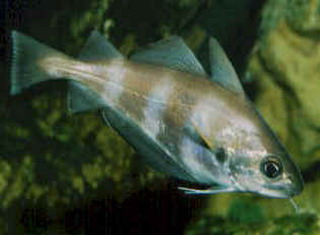
|
Pouting (Trisopterus luscus) -
Body light brown dorsally, relatively tall, grayish on the sides becoming silvery ventrally, with four or five broad indistinct transverse bars on the sides; a dark blotch at the upper edge of the pectoral fin base.
Habitat -
Lives mostly on the outer shelf, but moves inshore to depths of 50m or less for spawning. Brackish; marine; depth range 30 - 100m
Diet -
Feeds on benthic crustaceans but also on small fish, and mollusks.
|
|
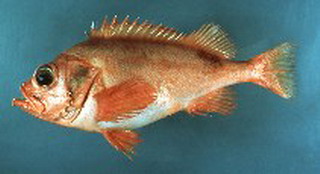
|
Redfish (Sebastes fasciatus) -
These fish grow upto 30cm in length.
Habitat -
Found on rocky reefs and muddy substrates of the continental shelf and upper slope, forming dense schools close to the bottom at dawn and dusk and dispersing throughout the water column at night to feed. Juveniles also aggregate in schools and are found in estuaries and shallow costal waters, rocky or clay silt bottom.
Diet -
Feeds on euphausiids, decapods, mysids, small mollusks and fish.
|
|
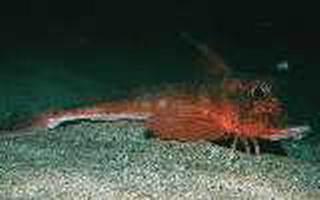
|
Red Gurnard (Aspitrigla cuculus) -
Brightly coloured fish bottom feeding fish with sharp spines and a comparatively large head and thick skin.
Habitat -
Occasionally forms schools. Found over sand and gravel, crag, and rocks in the continental shelf.
Diet -
Feeds on benthic crustaceans, and other invertebrates and bottom dwelling fish.
|
|
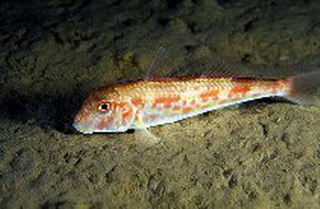
|
Red Mullet (Mullus barbatus barbatus) -
A small red fish with large scales.
Habitat -
This bottom dwelling fish is to be found over sands and muds in small shoals, and favours inshore waters during the summer months, although it is not uncommon in rocky areas.
Diet -
It uses it's barbels to search and locate invertebrates such as crustaceans, worms, and molluscs, along with the occasional small fish.
|
|
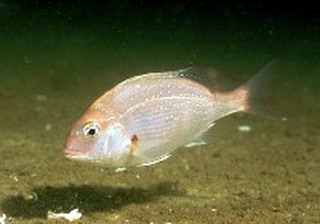
|
Red Sea Bream (Pagrus major) -
Body with many bluish dots when fresh.
Habitat -
Rocks and seaweed of shallow waters, down to depths of 250 m or more. This tends to be a shoal fish, although the size of the shoals decrease with age of the fish. Red Bream have a summer inshore migration, and is the most common of the sea bream in the UK.
Diet -
Small fish, crustaceans and the occasional squid.
|
|
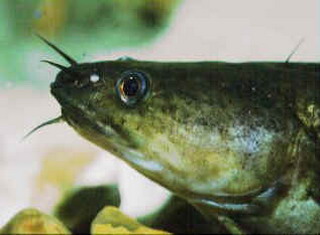
|
Rockling (Gaidropsarus macrophthalmus) -
Eye relatively large, more than half the snout length. First dorsal spine followed by a few small fleshy filaments. One barbel on the lower jaw and two on the snout. Upper jaw with two (rarely 3-4) long pointed teeth in the front end
Habitat -
Found on or near the bottom at depths of upto a few hundred meters. The Rockling can also be found close to shore, and around rocks, pools and sand bars etc.
Diet -
Feed on crustaceans ragworm lugworm very small pieces of peeler crab, the sea match angler would also use not such a common bait white ragworm.
|
|

